Content
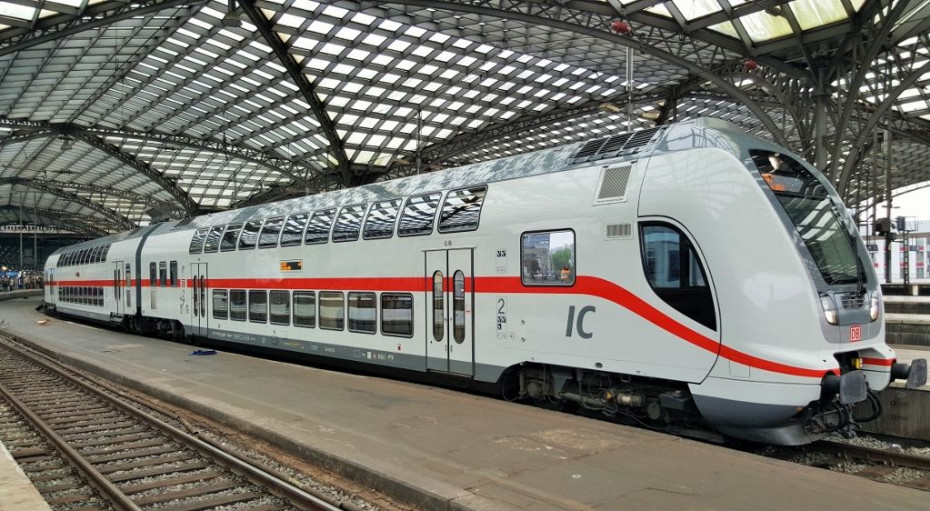
IC (Germany)
Our guide will tell you all you need to know about travelling on the different types of German IC trains, from boarding, to making the most of the journey experience.
Share
At a Glance
Travel Pass Supplement
Rail Pass Reservation Fees
Reservations
Available
Time of Day
Day
Catering
Food services available
Trolley Service:
Bar (sandwiches, snacks, salads)
Accessibility
Accessing the train
Wheelchair Spaces
Train Specification
Attributes of the train
Has a Conductor
Country
Which country these trains operate in.
Germany
Travel Passes
Eurail
Interrail
On Board
1 (1.klasse)
Perks
Power Socket
The power sockets on this train are compatible with standard E.U. two point plugs.
WiFi
A complimentary WiFi portal is available throughout this train.
Travel summary:
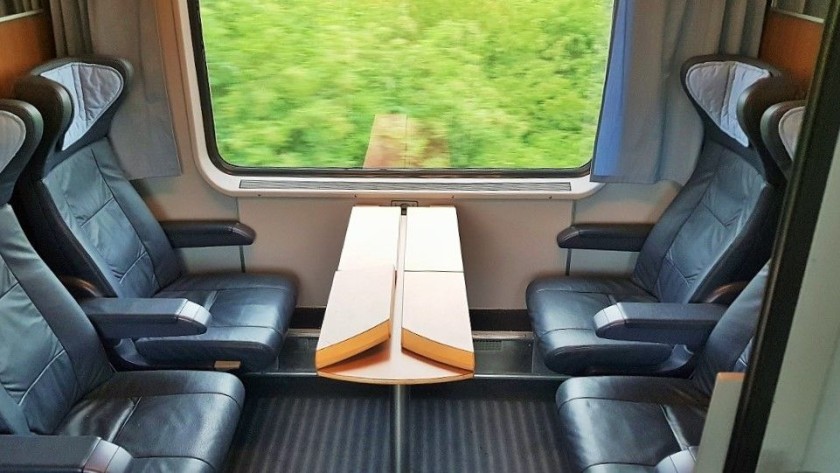
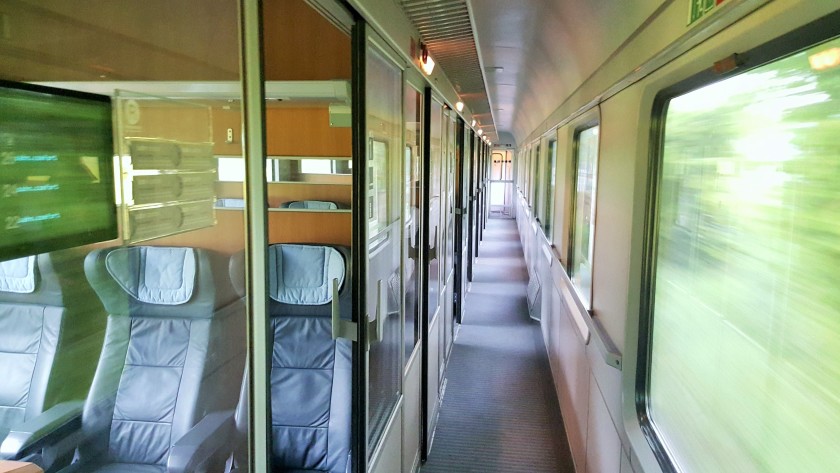
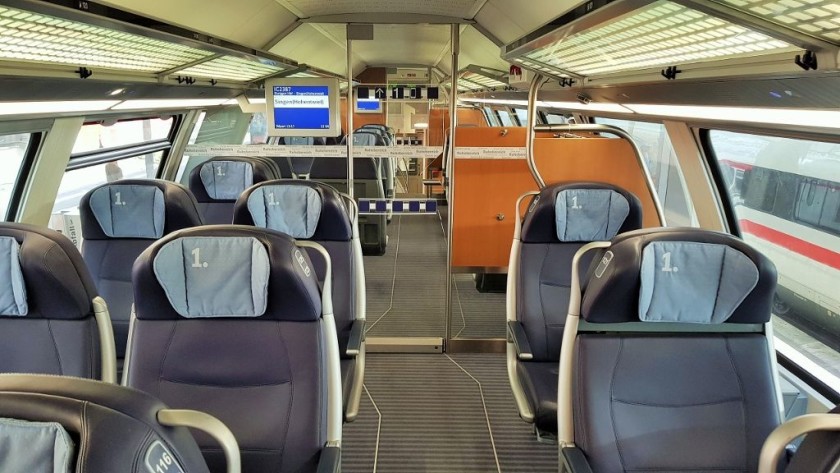
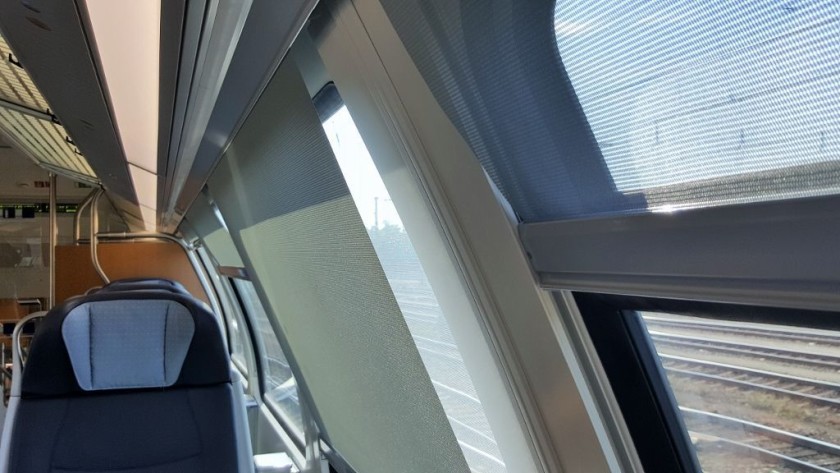
Power sockets and Wi-Fi are available on the newer 'Inter City 2' and 'Kiss' trains which now comprise the majority of IC services in Germany.
2 (2.klasse)
Perks
Power Socket
The power sockets on this train are compatible with standard E.U. two point plugs.
WiFi
A complimentary WiFi portal is available throughout this train.
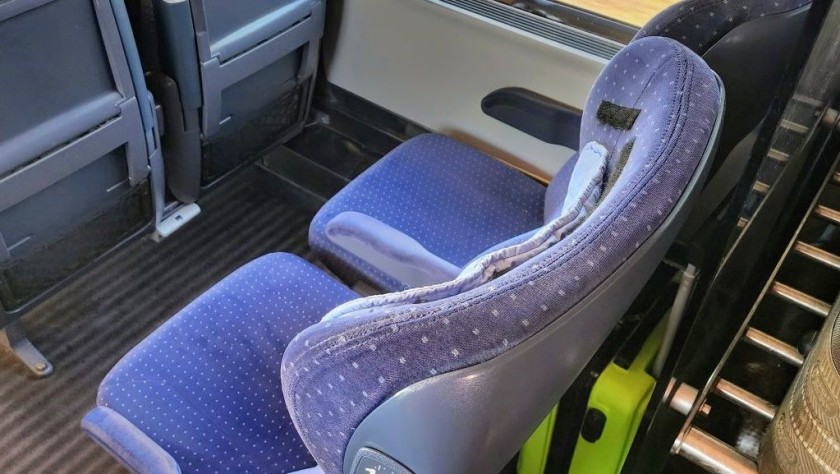
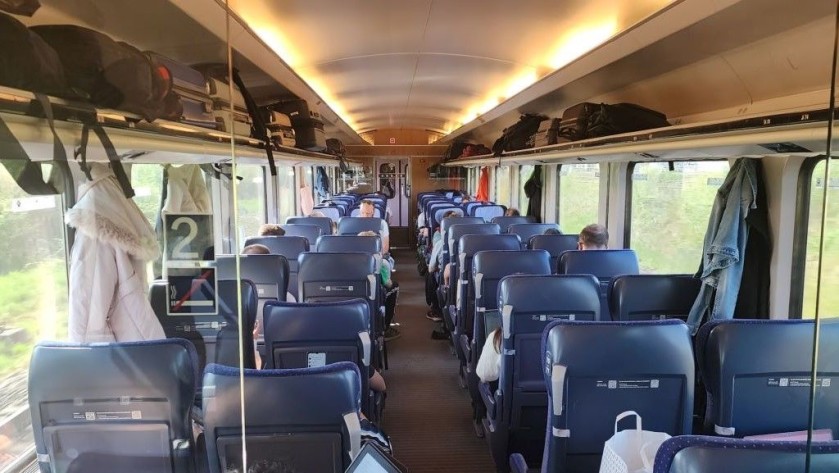
IC (Germany) travel guide:
In Germany the IC services are the long-distance express trains on routes which either don't use the high-speed lines at all, or use them for very short sections of their journeys.
Therefore when travelling between some cities they’re the fastest trains available.
There are now three distinct types of trains operating these IC services:
Reservations:
Reservations are now only automatically included when upgrading Flexpreis tickets to 1st class, or when booking Flexpreis Plus tickets for 1st and 2nd class travel.
When purchasing the cheaper Super Sparpreis and Sparpreis tickets for journeys by express train, you can opt to either:
- travel 2nd class and add a seat reservation for an additional fee of €4.90.
- book 1st class / upgrade a 2nd class ticket to 1st class and add a seat reservation for an additional fee of €5.90.
When booking Flexpreis tickets for travel in 2nd class, you can add a seat reservation for an additional fee of €4.90.
If your journey involves more than one IC train, you will only have to pay one reservation fee, as it will cover all the trains you will be taking.
It is also possible to book reservations at a later date separately from the ticket booking, both online or by using DB branded ticket machines at stations.
Although if you do book your reservations later and your journey involves more than one train, you will then have to pay for separate reservations per train.
*Select specific seats
When you opt to reserve, or automatically assigned reservations when booking 1st class Flexpreis tickets/ Flexpreis Plus tickets, DB tends to assign seats randomly.
So if you want your seats to be:
- by a window or on the aisle
- adjacent to a luggage rack
- in a compartment (when available)
- in a Quiet Zone
- at a table
you can select any seats which are still available on the seating plan
Note that facilities such as compartments and Quiet Zones may be in an entirely different coach / carriage to that in which the seats you have been initially assigned, are located.
Bike spaces must also be reserved prior to boarding.
The Intercity 2 trains
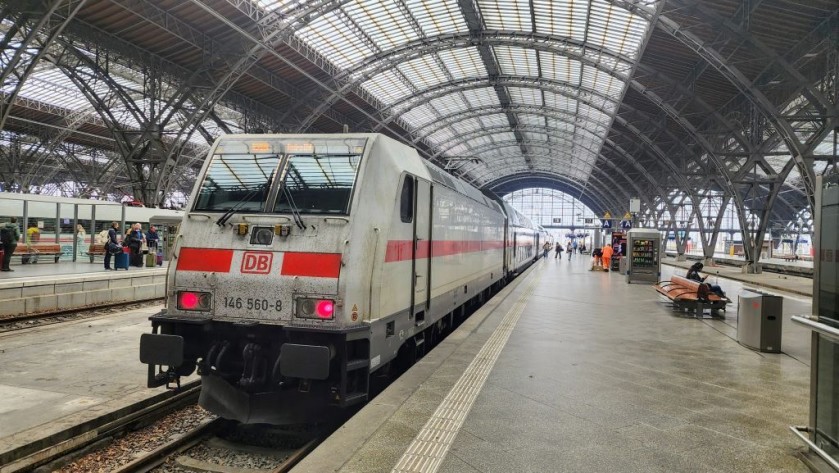
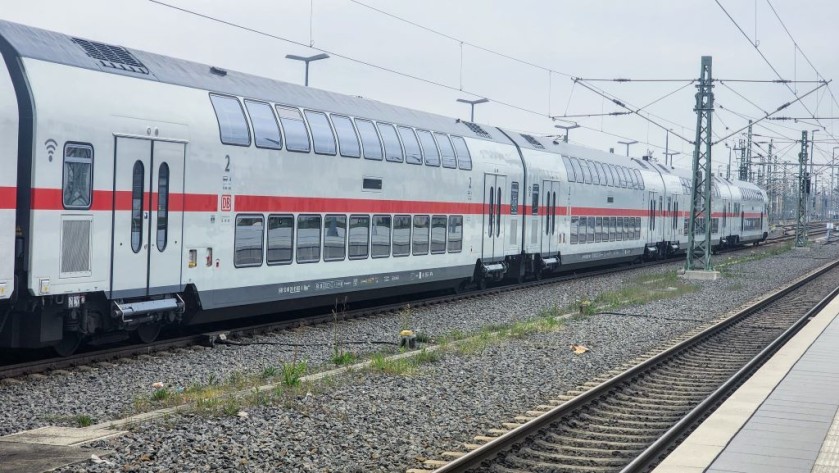
The most common type of train now used for the IC services, are the relatively new double deck 'Twindexx' trains, which because they have replaced the older types of IC trains on many routes, are also referred to as Intercity 2 trains.
These trains have the features typically found on the most modern types of European train, such as on board Wi-fi portal, power sockets and info screens which show the details of the journey and the connections available at each station call.
Routes
On these six routes it is likely that you will be travelling on an Intercity 2 train:
- Karlsruhe - Stuttgart - Cralsheim - Nurnberg - Bamberg - Jena Paradies - Leipzig
- Leipzig - Halle - Magdeburg - Braunschweig - Hannover - Bremen - Oldenburg - Leer - Emden
- Dresden - Leipzig - Halle - Magdeburg - Braunschweig - Hannover - Bielefeld - Dortmund - Wuppertal - Koln - Bonn - Koblenz - Mainz - Frankfurt (Main) or Mannheim - Heidelberg - Stuttgart (ICE trains share this route)
- Koln - Dusseldorf - Duisburg - Gelsenkirchen - Munster (West) - Rheine - Leer - Emden
- Frankfurt (Main) - Siegen - Dortmund - Munster (West)
- Stuttgart - Horb - Singen - Schaffhausen - Zurich (from summer 2025)
On board
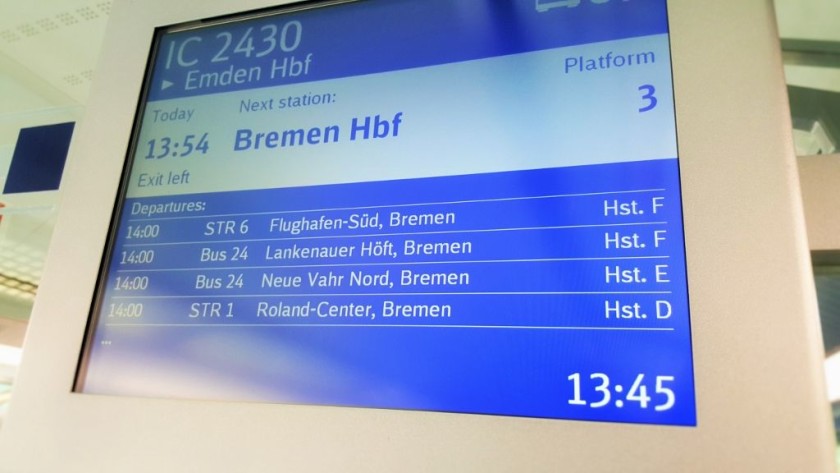
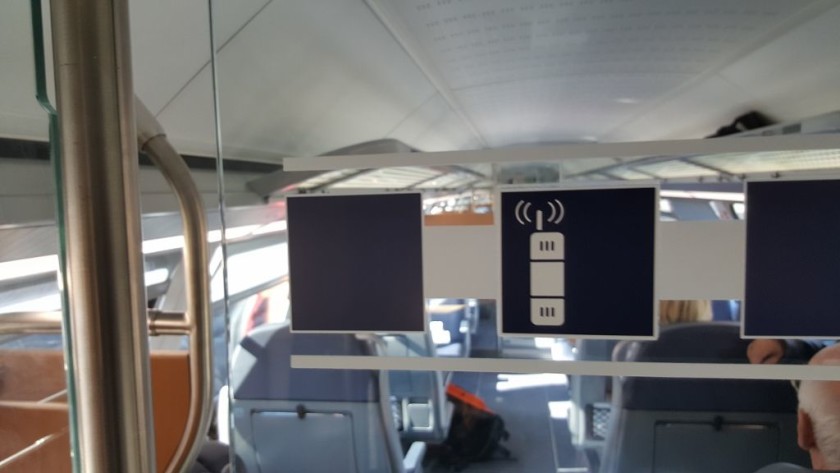
Unlike the older single deck IC trains, all seating on these Intercity 2 (Twindexx) trains is in open plan saloons,
If you haven’t reserved, you have the freedom to choose between sitting on the upper or lower deck.
- Upper deck = better views, but more cramped
- Lower deck = easier access to the toilets and catering
There are luggage racks at the entrances to the upper and lower deck seating saloons.
The seating areas on this trains are divided into 'Phone' and 'Quiet' - no phone zones.
If you haven't reserved seats pay attention to the signs when boarding, you'll find them on the glass walls which separate the doors from the seating saloons.
Finding a reserved seat:
Whether a seat is reserved or not will be indicated by red text on an electronic display, next to the seat numbers, that are on the edge of the luggage racks.
Catering
Unlike the older IC trains, these trains do not have a bar / bistro car, so to provide a hot/cold drinks and snacks service a catering trolley is supposed to be taken through the train - but don't depend on it being available.
The older trains
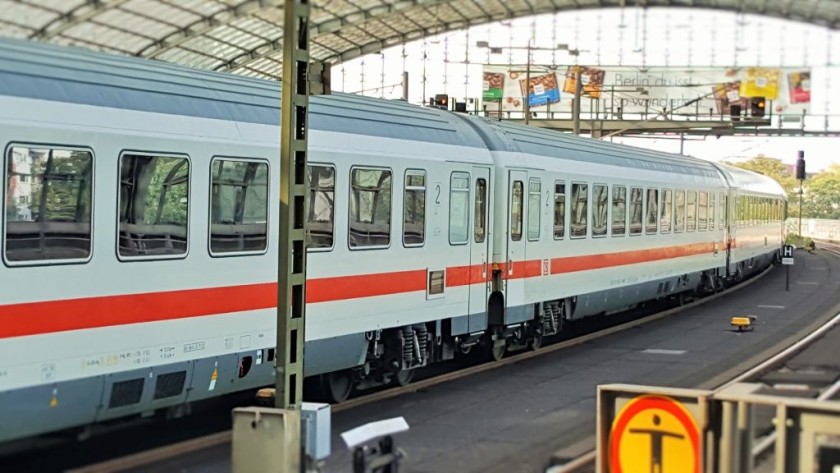
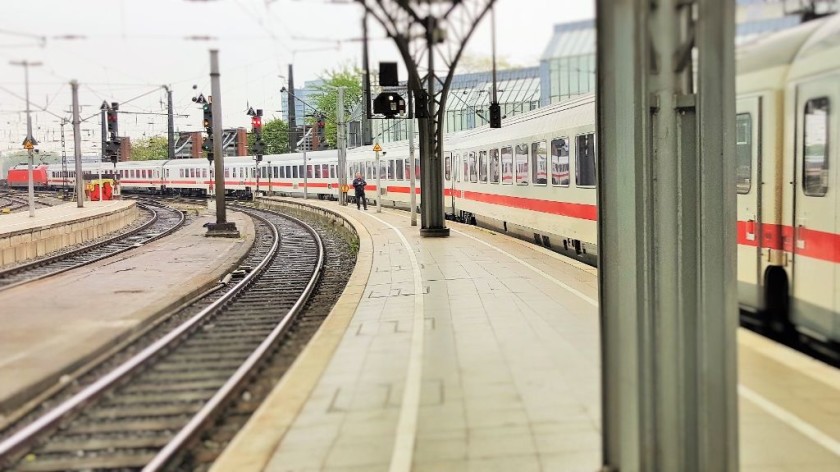
The oldest type of train used for IC services were once the top tier train on the German rail network prior to the introduction of the ICE trains
Due to their age these trains can lack modern amenities such as an on-board wi-fi network and power sockets, but they are comparatively comfortable - the 1st class seating is typically in compartments with a door to a corridor.
Though they are to be withdrawn from the beginning of the 2026 timetable
Routes
These older IC trains operated by DB are now mainly found only on these routes:
- Westerland - Hamburg - Bremen - Dortmund - Koln - (Bonn - Mainz - Stuttgart)
- Hamburg - Rostock - Stralsund - Bergen auf Rügen - Ostseebad Binz
- Gera - Weimar - Erfurt - Kassel - Paderborn - Hamm - Dortmund - Essen - Duisburg - Dusseldorf - Koln
- Frankfurt / Saarbrucken - Mannheim - Stuttgart - Munich - Salzburg - Graz / Klagenfurt (some departures)
- Berlin - Hannover - Osnabruck - Rheine - Deventer - Amersfoort - Amsterdam
- Hamburg - Padborg - Kolding - Odense - Kobenhavn (most departures)
Catering
These trains also have a less obvious difference to the newer trains, because these older trains typically include a bar/bistro car, with a counter selling hot and cold food and drinks.
Though it may not be open for an entire journey.
Unlike the ICE services, an at-seat catering service is not available on these trains.
Boarding
If you have reserved the destinations between which a seat has been reserved is either;
- marked above each seat,
- shown on an electronic strip at the edge of the luggage rack,
- or shown on a seat diagram on the outside of the compartment to the side of the door.
If you haven’t reserved, check these labels carefully, as many seats will only be reserved for part of the journey, so a 'reserved' seat may actually be available for use between your start end points.
You also need to check which seats are available before entering a compartment.
IC trains can be between five and eleven coaches long, if need be, walk through the train to find available seats.
There are luggage shelves on which larger items can be placed.
The 'Kiss' trains
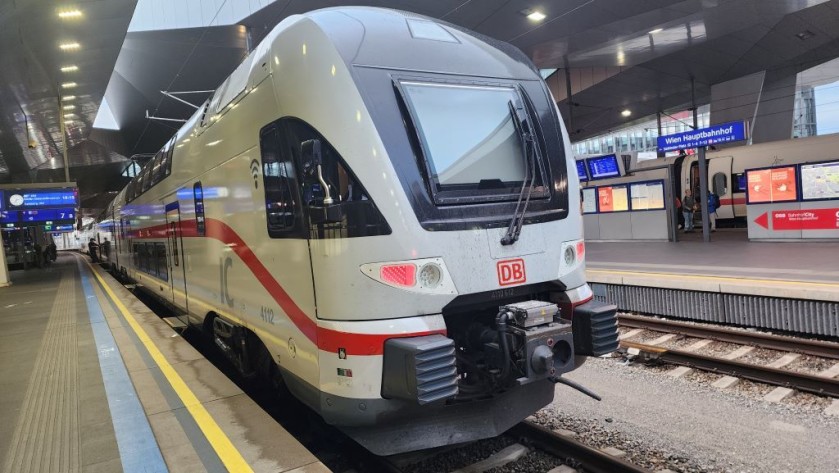
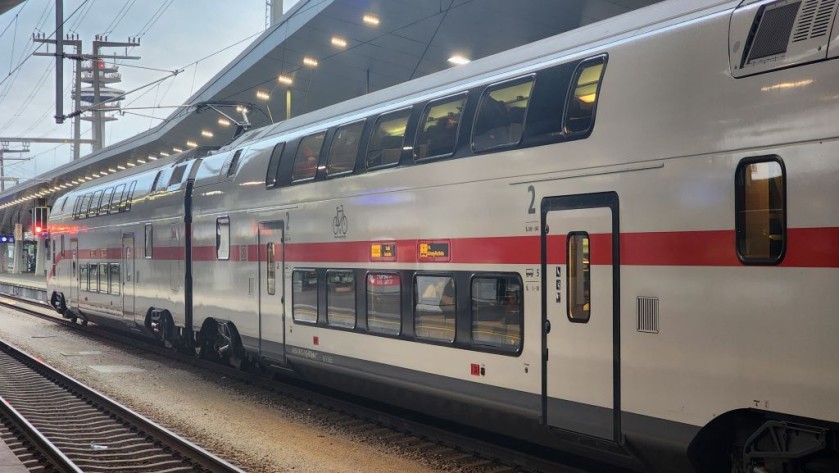
For the time being hese double-deck trains are used for IC services on three outes:
- Dresden - Berlin Flughafen - Berlin Hbf - Rostock
- Wien - Linz - Nurnberg - Erfurt - Leipzig - Berlin - Rostock (overnight)
- Stuttgart - Horb - Singen - Schaffhausen - Zurich
However by the Autumn of 2025 they will be moved to Austria, as they have just been purchased it's national rail service, OBB, which will use them on the slower of its two Wien - Linz - Salzburg services.
These trains have the features typically found on the most modern types of European train, such as on board Wi-fi portal, power sockets and info screens which show the details of the journey and the connections available at each station call.
But they don't have a full barbar/bistro service, instead they have a hot drink area and vending machines
This second version of ShowMeTheJourney is exciting and new, so we are genuinely thrilled that you are here and reading this, but we also need your help.
We’re striving not to let anything get in the way of providing the most useful service possible, hence a facility has been set up with DonorBox which can be used to support the running costs and make improvements.
Instead of advertising or paywalls, your financial support will make a positive difference to delivering an enhanced service, as there’s a lot of ideas which we want to make happen.
So if you have found the info provided here to be useful, please consider saying thank you.

This is one of more than 100 train travel guides available on ShowMeTheJourney, which will make it easier to take the train journeys you want or need to make. As always, all images were captured on trips taken by ShowMeTheJourney.


